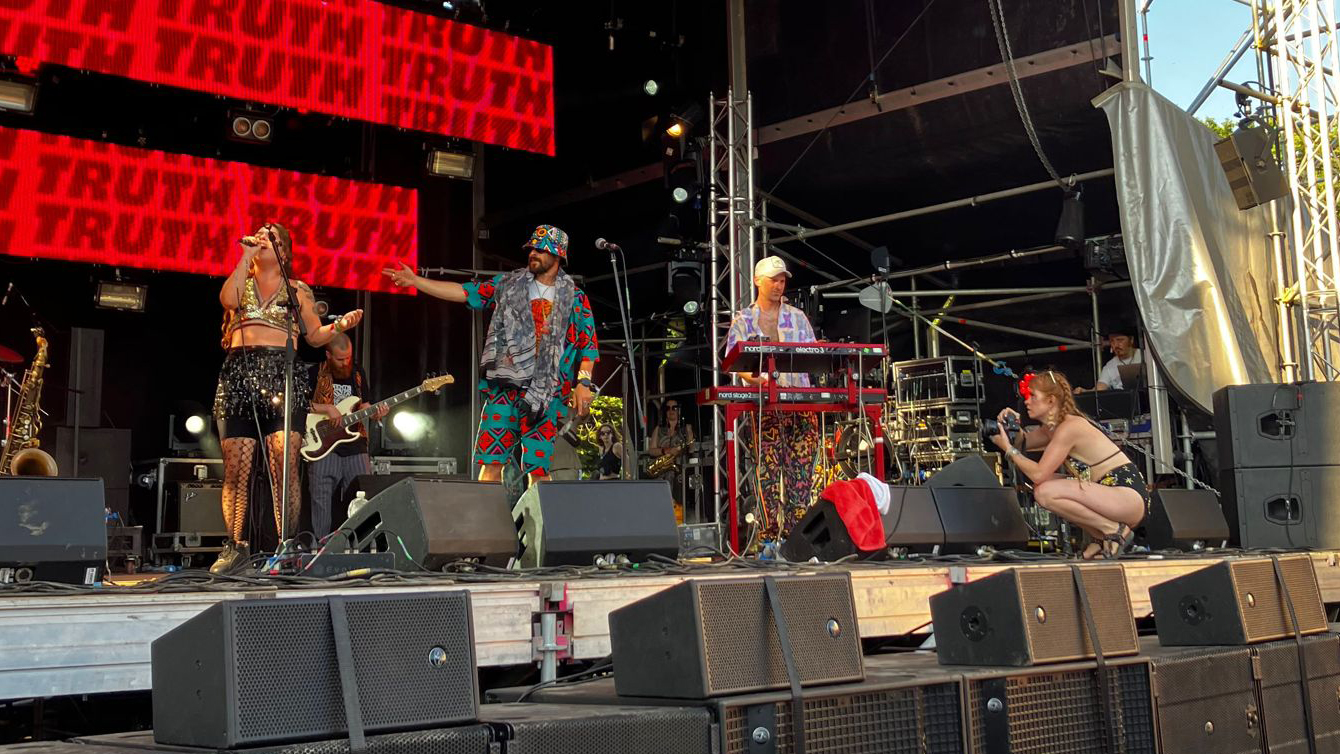
Shooting at music festivals is honestly one of the best gigs on earth. It’s one of those jobs that doesn’t even feel like work and despite the long hours, and late nights that roll through to early mornings, time passes effortlessly as you capture bands, artists, and festivalgoers in their element. This year I was lucky enough to shoot at Glastonbury Festival for the first time – a bucket list achievement for me and a wholly incredible experience. Ok, so I wasn’t an official photographer, BUT I did get to shoot on the main stage in Shangri La and I even found myself backstage of the infamous Pyramid.
When I pack my camera backpack for festivals I tend to take the minimum amount of kit possible. Since I’ve already got a tent, clothes, and the all-important beer to carry, the last thing I want to do is take equipment I won’t end up using. My go-to gear for festivals is my Sony A7 III, a Sigma 28-70mm f/2.8 DG DN lens, a Sony FE 50mm f/1.8, a Godox V1 flash plus a spare battery, the Hahnel Procube II charger, and a bunch of spare SanDisk Extreme PRO SDXC UHS-I cards.
• Check out the best Sony cameras including compact vlogging-focussed systems to professional powerhouses.
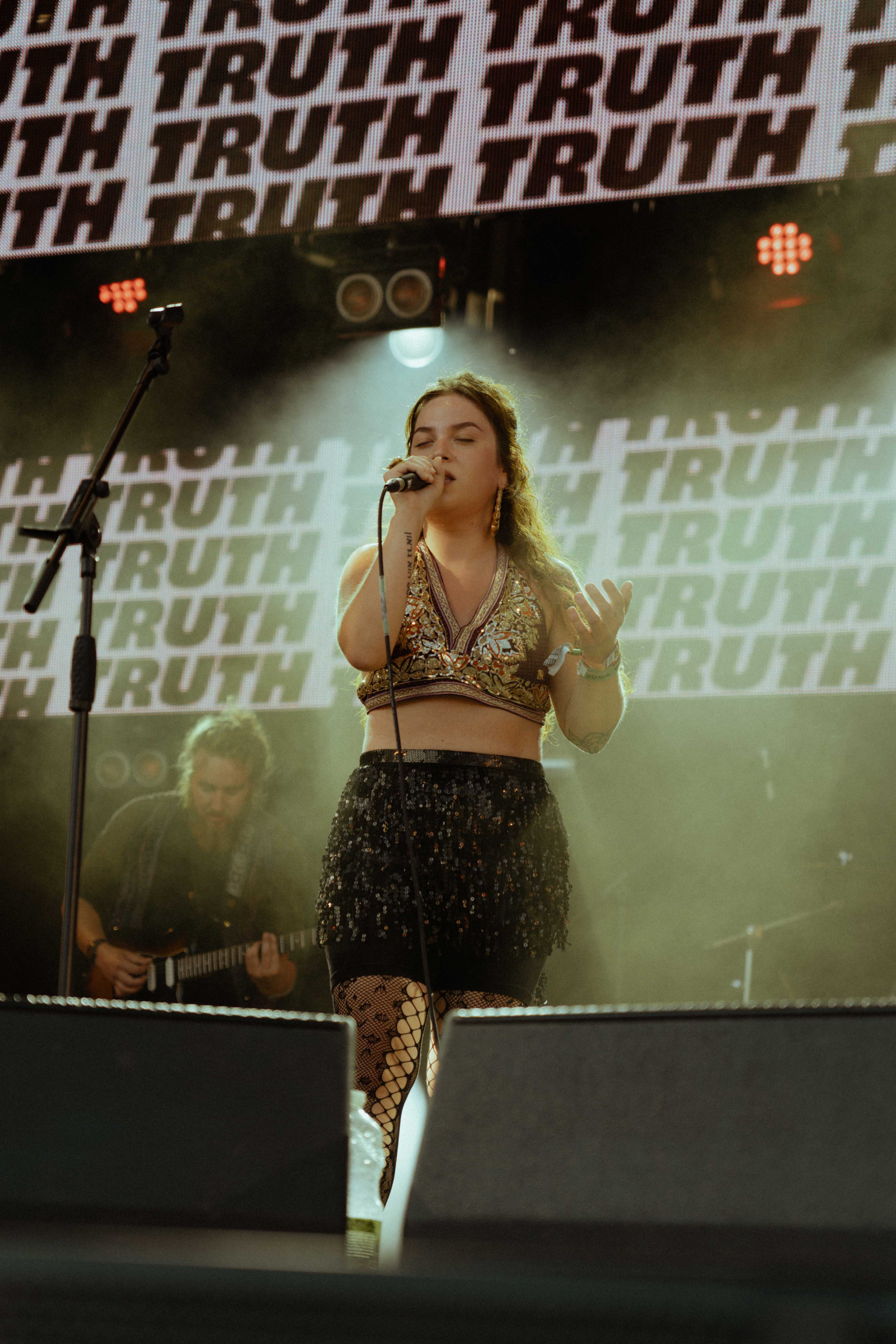
This year my Glasto big break was all down to the Bristol-based ska/dub/reggae band, The Midnight Zu who invited me to capture their set on Shangri La’s mainstage, Truth. For those who have never got to experience the magic that is Glastonbury, Shangri La is an area in the South East Corner renowned for its late-night debauchery, anti-establishment ethics, and diverse underground culture. During the day, it's the perfect place to catch a live band, enjoy a much-needed bite to eat, or chill out and explore its many art installations around the theme of capitalism. Woohoo!
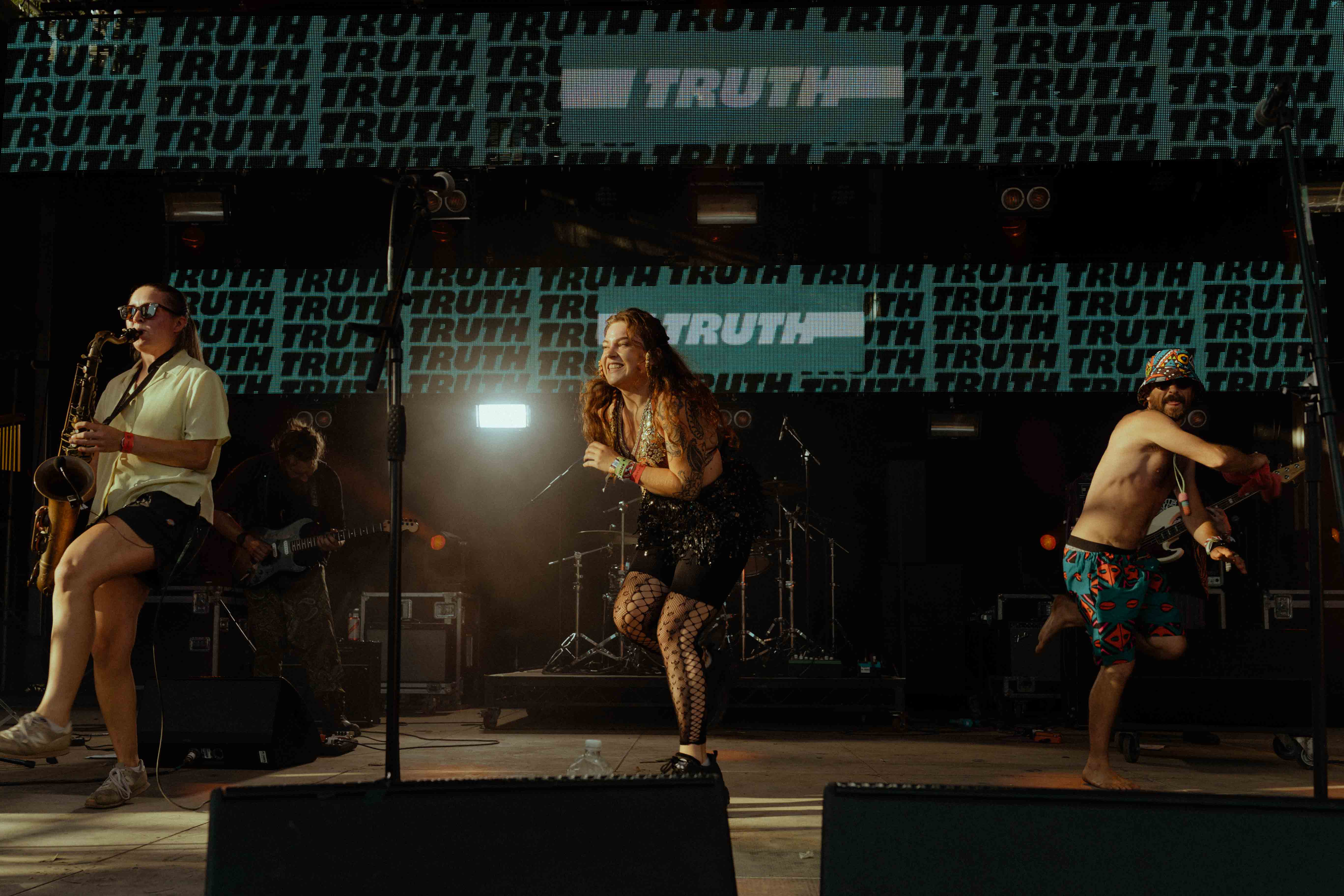
Previously when I have shot at festivals I’ve gone with a press pass and had an entire four days to capture the shots I needed, but this time round I had just 45 minutes. You might think that sounds like a long enough time but you would be surprised at how fast it goes when you are legging it from backstage to side stage, into the crowd, and everywhere in between to capture shots from all angles. This is one of the main reasons I didn’t take a lot of kit with me – in fact I shot the entire thing using just the Sigma 28-70mm lens as I really didn’t have the time to switch and I don’t own a second body.
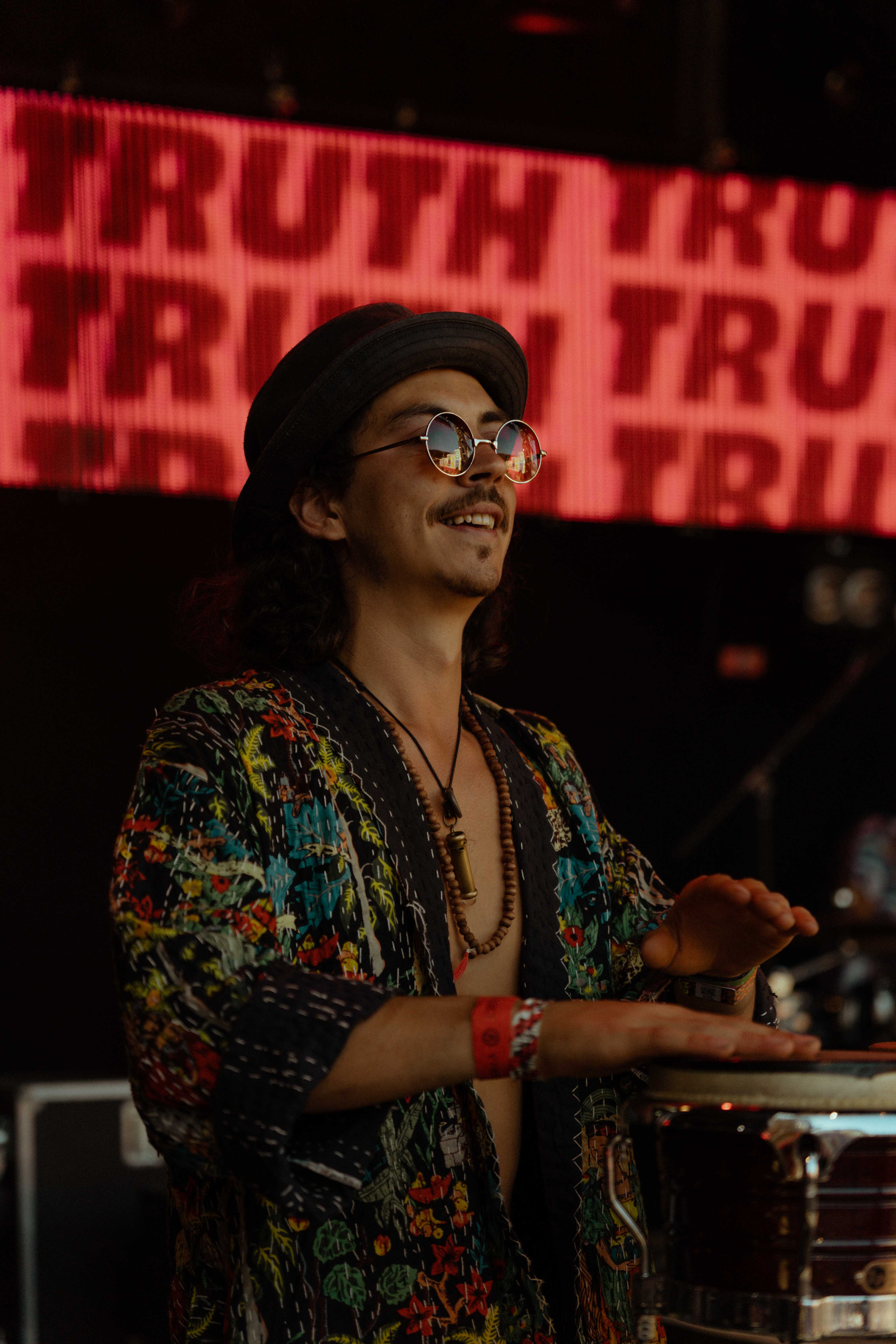
However, while I love my camera setup, when it comes to festival photography I really feel like the one thing missing from my kit is the Sony GE 70-200 f/2.8 GM OSS . Its versatile zoom range enables you to perfectly frame images, capture shots with beautiful depth of field and get up close and personal without physically being too close to your subject.
I’ve always been of the opinion you should never judge a photographer by the amount (or value) of the kit they own but by the quality and emotion of their work. Sometimes I do feel slightly inferior standing next to photographers in the kit with the latest cameras, or top-spec telephoto zoom lenses but at the end of the day, I have confidence in myself as a photographer and an eye for clicking the shutter at the right moment.
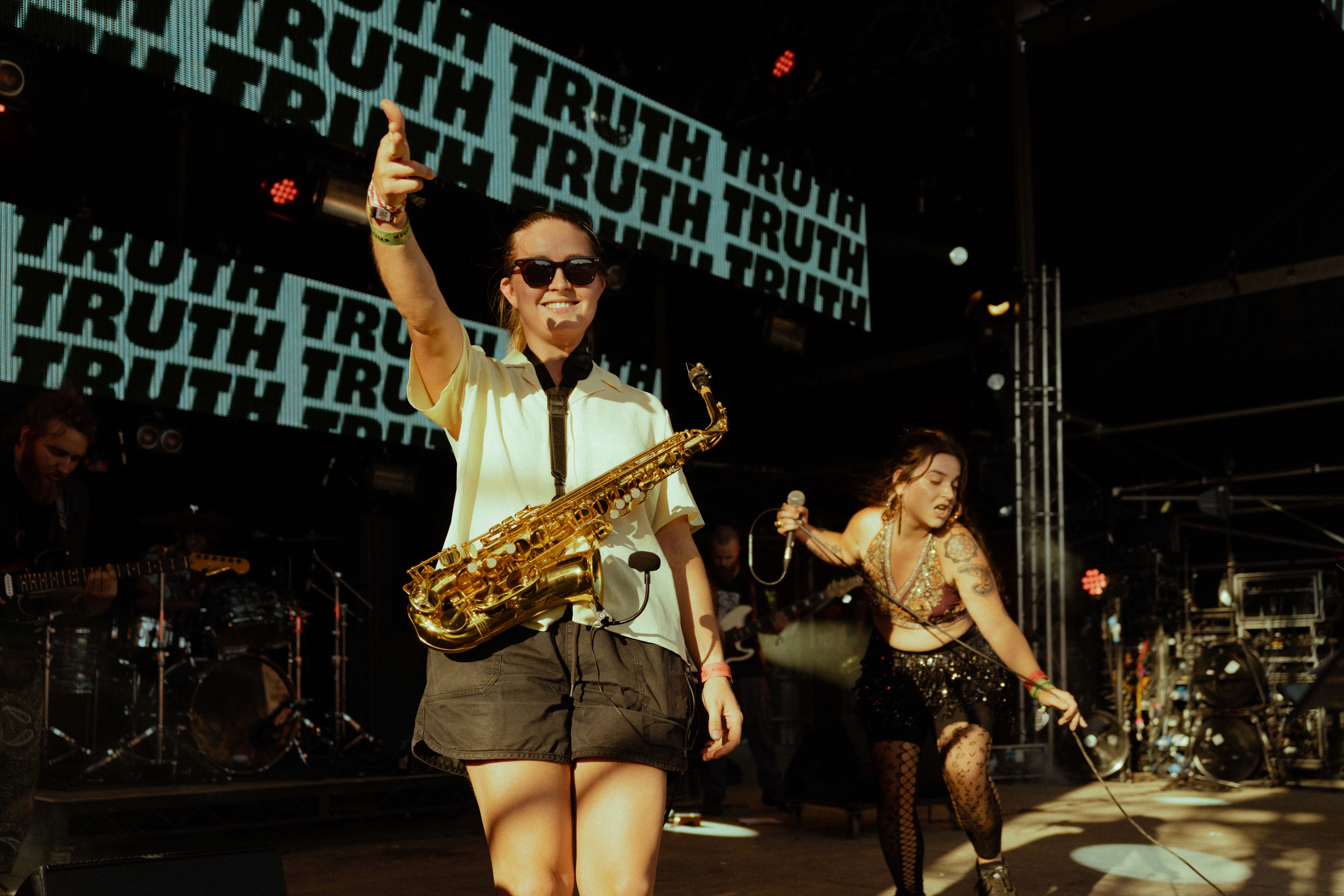
I've shot lots of festivals before, from Boomtown to Noisily, Shambala, and Meadows in the Mountains but Glastonbury felt the most life-affirming. Festival photography allows me to marvel at the magic people find in a field where freedom and fullness are dished out in equal measures. I feel honored to be able to capture people completely lost in the moment, sharing a meaningful hug with a friend or an intimate moment with a partner. People unlock part of themselves in the field where silliness, love, and play prevail. I am privy to the chaos of backstage and the sheer glee from the front of the stage and for all those reasons above, festival photography will always feel like home.
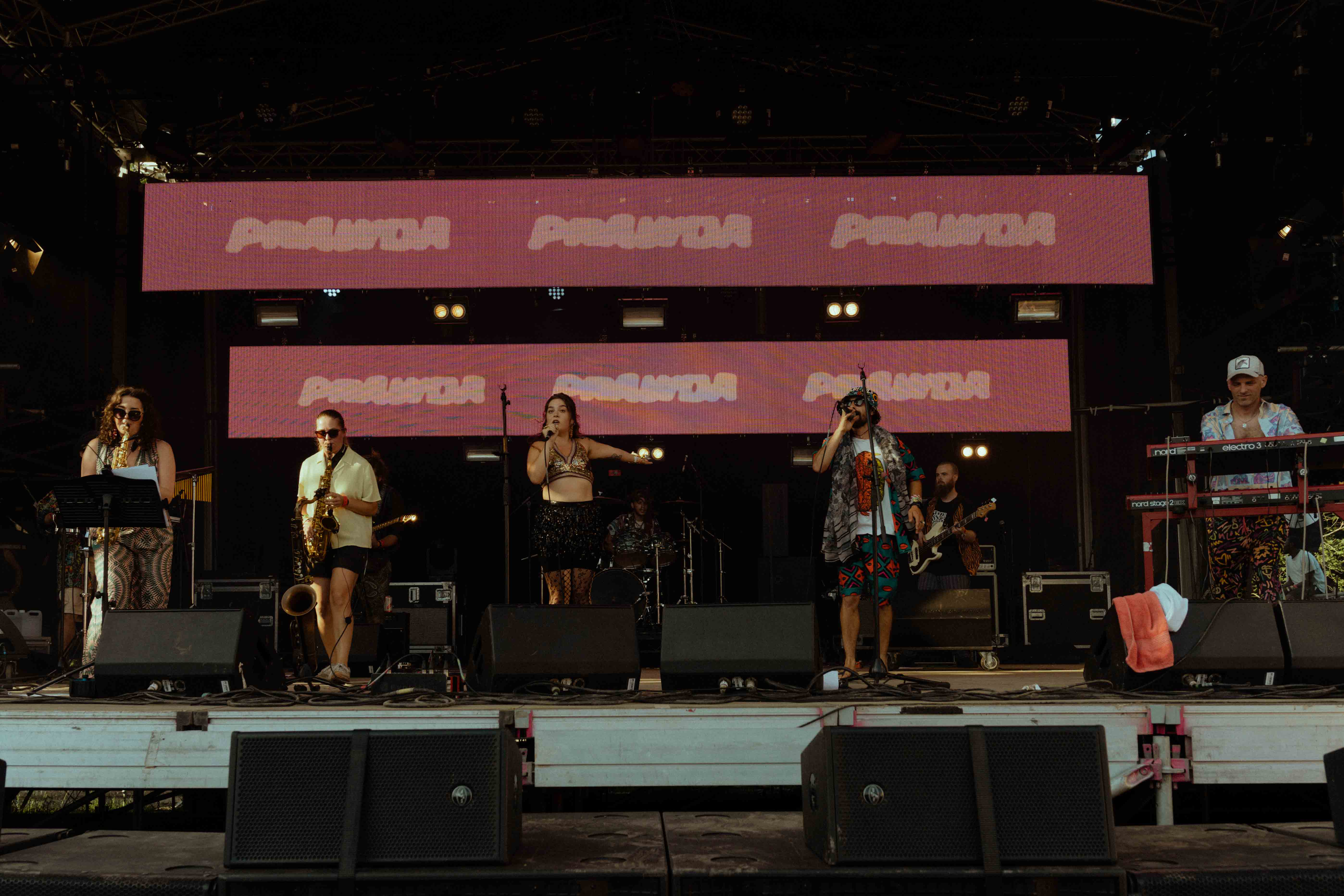
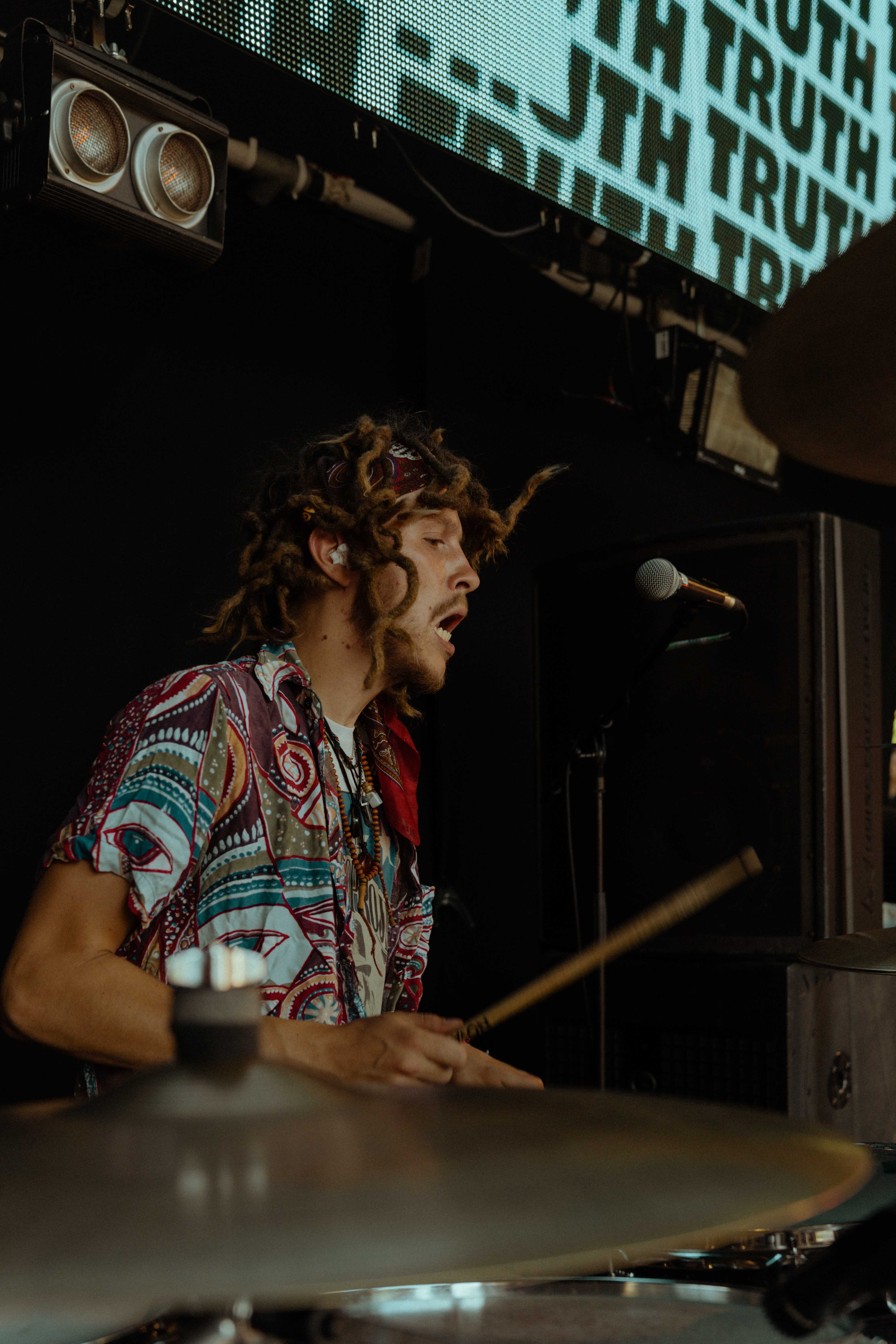
Check our list of the best mirrorless cameras, or if you've already got an a7iii like me, look at the best lens for sony E-mount cameras.
!["[T]he First and Fifth Amendments Require ICE to Provide Information About the Whereabouts of a Detained Person"](https://images.inkl.com/s3/publisher/cover/212/reason-cover.png?w=600)






